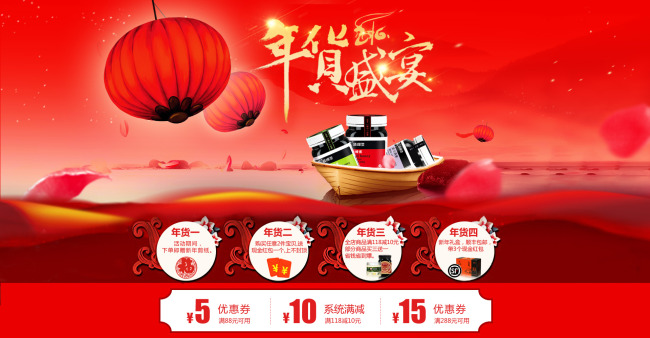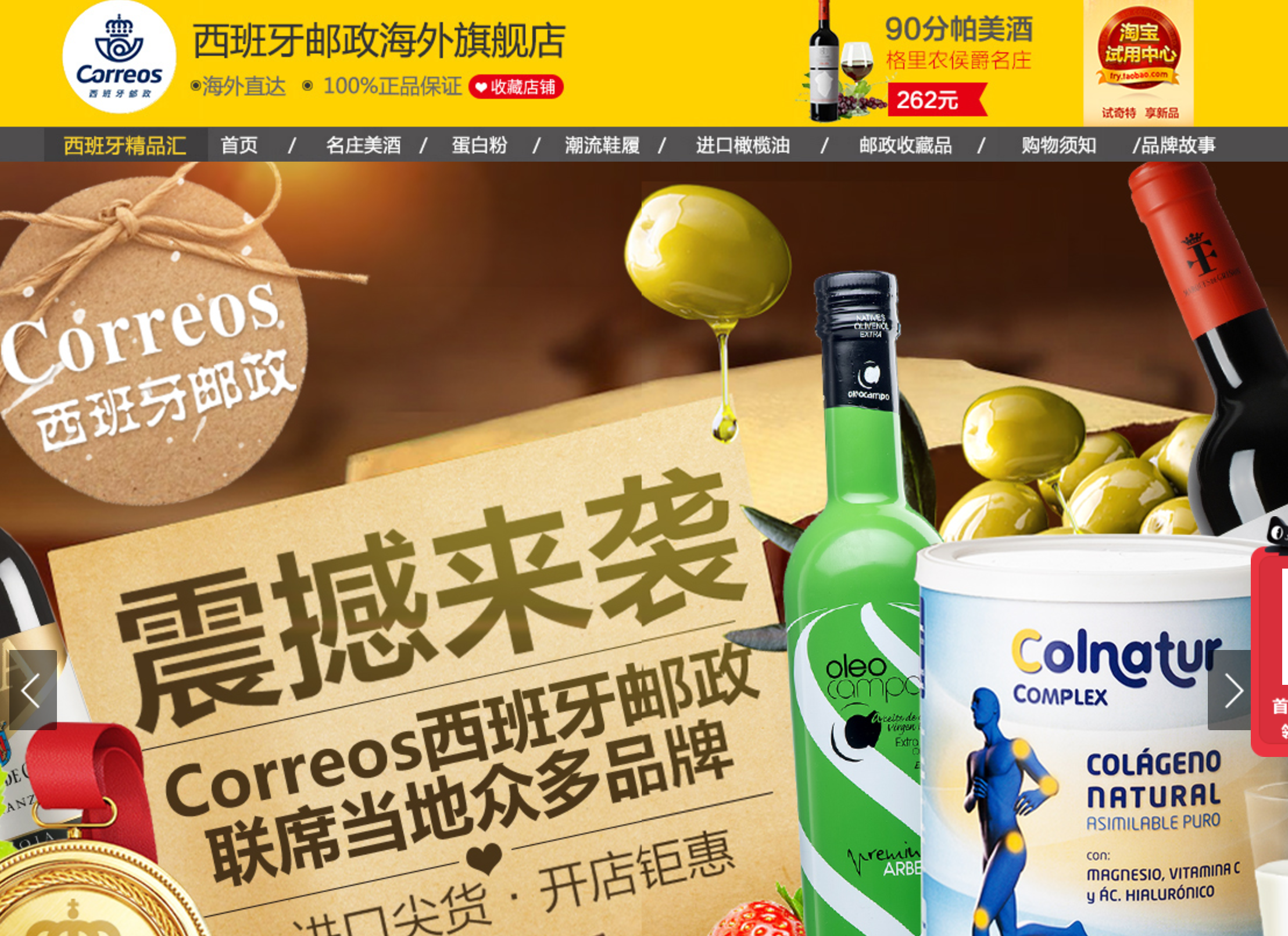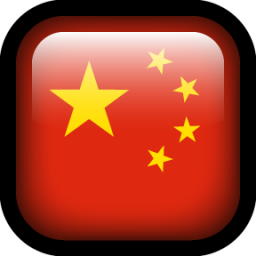Weibo social media crisis learning from Sesderma in China
With almost 400 million monthly active users by the end of 2017 on Weibo, without a doubt, every foreigner brand would consider Weibo as an important social media channel to build up awareness in China. We can imagine if one brand could appear on the top search topics, it may be because they have successfully created a big issue, but on the other hand, the popularity maybe also comes from unexpected negative feedbacks which a small issue could turn into a serious PR disaster in the blink.
We can always learn from other’s case and prepare tailored social media crisis management for our own brand in advance, and this time we learn from Sesderma’s experience.
Sesderma hit No.27 on the Weibo top search topics
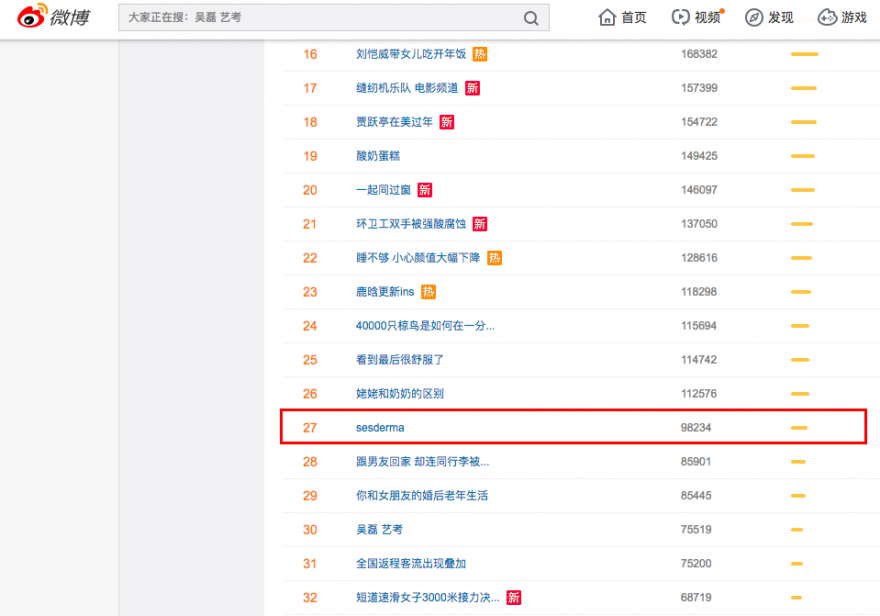
On the daily social media monitoring, we found that Sesderma, the well-known Spanish dermocosmetics brand was on the hot search list on Weibo, but they were dealing with the crisis out of a careless mistake in China. Their account has more than 7,000 fans, but the brand name search volume was 14 times more, we can assume the negative news brought in lots of people who aren’t familiar with the brand Sesderma before. What caused the PR crisis exactly? Let’s get back to where the issue started.

2/17 12 pm: Sesderma’s controversial post
Their intention was to educate the fans how to apply their product for a better result and created the post in a soft and self-deprecating way, but the critical part is they said “you” are poor and “you” don’t have money, so they misled the perspective and turned out to discriminate against the fans. Unfortunately, since then, the post started to accumulate passive comments in a quick-speed.
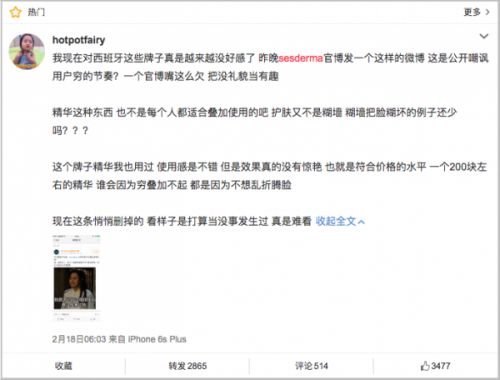
2/18 6 am: One user posted the negative feedback about Sesderma’s post (share:2,865 / comments:514 / likes:3,477)Not only the improper content, but the way Sesderma managed the issue. The user found Sesderma directly deleted the original post and without responding to fans’ anger. The post just went viral afterward, and it easily pushed Sesderma on the hot search list on Weibo.
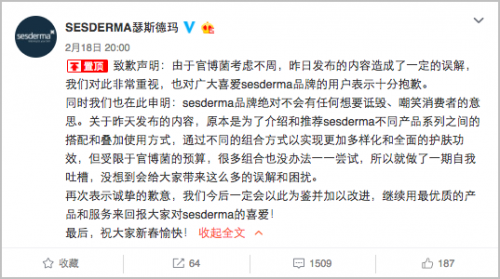
2/18 8 pm: Sesderma apologized sincerely to their fans
After waiting for more than one day, Sesderma had an official post to apology for their careless mistake. According to the comments, most of the fans could accept and left their support notes, but Sesderma continued to occupy the hot search topic position, until late afternoon on 2/20. Social media crisis comes easily, but it’s definitely hard to disappear.
3 takeaway to prepare crisis management on social media in China
1/Respond timely and as long as the mistake is confirmed, a sincere apology and open communication is needed
In many cases, actually, the crises are avoidable, if we can manage the potential crisis timely, and organize the crisis management team if necessary with members from involved departments, to create a open dialogue with fans within 24 horas.
2/Self-deprecating humor is easily taking over on social media, but extra care and attention for this kind of content is crucial
Sometimes self-deprecating humor is delicate, it’s better the content can be viewed and checked by different people to taste the respond. And keep the first person perspective clearly through whole content, as we can see in the Sesderma’s case, as long as you change the perspective, self-deprecating post could backfire quickly.
3/Chinese local team represents the foreign brand in China, so it’s important to work closely with headquarter to deliver the brand value
Even though many foreign brands have local subsidiary or agency to execute all the Chinese market marketing communications in China, but work integrally and have regular meeting is essential to keep both parts on the same track towards the ultimate success.
If you are interested in developing business in China through online marketing and e-commerce, 2 Open are glad to listen to you, please feel free to contact us by e-mail: INFO@2OPEN.BIZ, or just leave us a message below, we will get back to you as soon as possible.
Start preparing all your 2018 Tmall shopping festivals NOW
Here we highlight 6 key festivals in 2018 on Tmall that your brands cannot miss, because they contribute to the growth of the platform, and also the merchants.
New round of import tariff cuts is favorable for China cross-border e-commerce
Since 2015, in only 2 years this is the forth time that China carries out the tariff reduction policy on consumer goods. It follows the China’s national strategy to boost domestic consumption and upgrade from manufacturing country to consumption one. In the other hand, from the external point of view, it also helps to shorten the global trade gap to remove the trade barrier.
Olive oil from Spain directly sold and shipped to China consumers (Tmall Global)
After the grand opening of Correos cross-border shop on Tmall global in June, our team did a purchase and tested the shopping experience. Here, we will share what is it like to purchase in Correos cross-border shop:
First of all, the brands sold in Correos shop are mainly famous local Spanish brands and have not registered in China yet. Therefore, these brands joined together and sell to Chinese customers in this novel model.
After searching in this shop for a while, we decided to purchase a box of olive oil as Spanish olive oil is known with high quality and good taste.
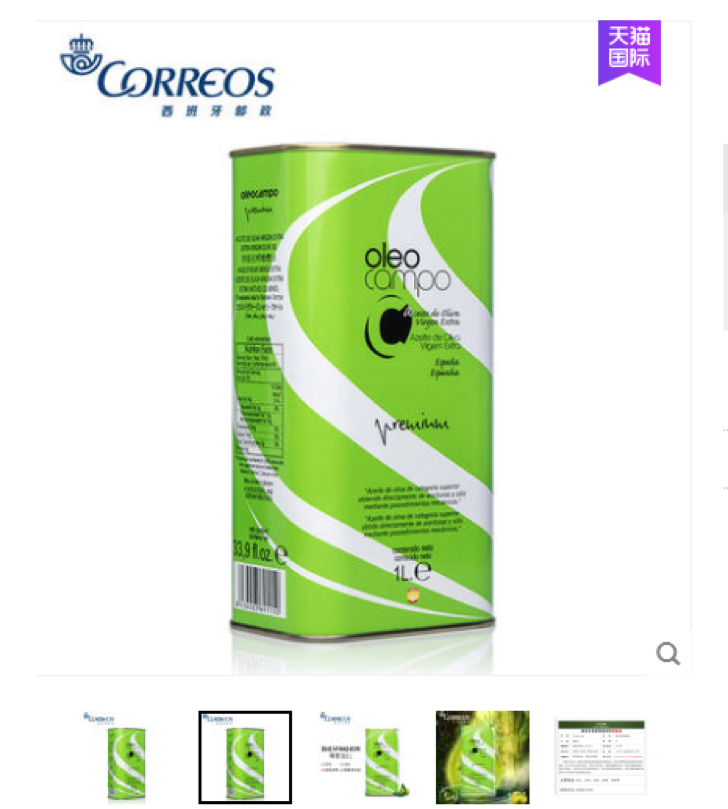 Then, we started chatting with the customer service to ask for more details of this product. The shop sales replied us immediately. He told us the Correos cross-border shop has a local office in Hangzhou, China, however, all the products are in Spain and will be shipped directly from Spain to China. He also told us that lead time is within 3 days and the delivery time is around 7-14 days depending on various factors such as weather, traffic etc.
Then, we started chatting with the customer service to ask for more details of this product. The shop sales replied us immediately. He told us the Correos cross-border shop has a local office in Hangzhou, China, however, all the products are in Spain and will be shipped directly from Spain to China. He also told us that lead time is within 3 days and the delivery time is around 7-14 days depending on various factors such as weather, traffic etc.
After all, we still decided to purchase this product and decided to pay and check out. There is personal cross-border purchase quota. We advise you to check it in here http://ceb2pub.chinaport.gov.cn/limit/outIndex before you make any purchases. Then, the buyer required us to submit a scanned copy of our ID, which will be used in the customs to clear the goods at the border.
Due to the long shipping distance, the shop does not take return merchandise. For testing, we finished payment and received a tracking number, which we can use to track our package online. For our order, we found out that the lead time is 2 days. After more than one week’s waiting, we finally received our olive oil 10 days after departure. Compared to our previous shopping experience on Tmall domestic, it feels slow but still within the time range they promised.
 Unfortunately, our products exterior package is a little bit deformed probably due to the cushion put inside the package box is not enough. We sent a complaint to the customer service of Correos cross-border shop immediately.They were also sorry for this and decided to compensate 20 RMB to us.
Unfortunately, our products exterior package is a little bit deformed probably due to the cushion put inside the package box is not enough. We sent a complaint to the customer service of Correos cross-border shop immediately.They were also sorry for this and decided to compensate 20 RMB to us.
In general, we have a very satisfying purchase experience on Correos shop on Tmall global except for the relatively long waiting time.
New Trends of Chinese Consumers
After being awakened by the influence of the western modern lifestyle, and the material richness, the Chinese consumers have more confidence now. The Chinese consumers’ patterns and consumption behavior are changing significantly these year. Let’s check around the new trend of Chinese consumers.
- To be distinctive / unique
Cenozoic consumers are not satisfied with popular brands only. They are looking for more customized / personalized products to make themselves look different and unique. That’s why the special-interest brands are growing rapidly recently. These brands usually have their creative products which meets the unique demand of specific consumers. More importantly, these brands help consumers to realize their dream of being distinctive and unique.

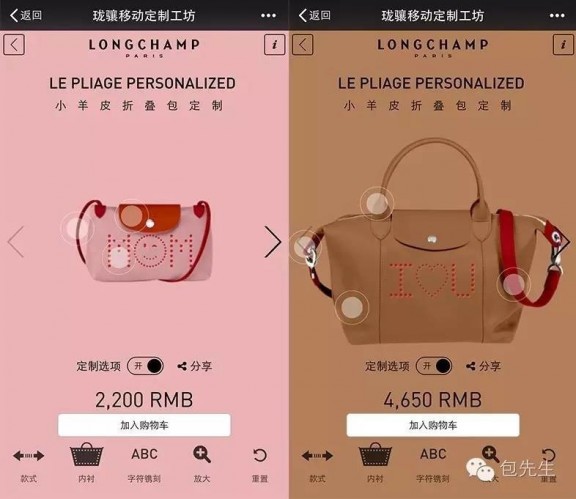
- To express, to share, to transmit
Chinese consumers have strong will to share (no matter it is their selfies, or daily life update, or the products they purchased) especially on Social Media which is a manifestation of self consciousness. Various Social Media platforms provide Chinese consumers with a channel to showcase their lifestyles, taste and opinions. Behind the motivation of showing their unique opinion or taste, there is a purpose to gain the social identity as well.
[logos]

[/logos]
- Increasing attention and concern about health
Chinese consumers concern a lot about “Eating”. The attention and concern about “Healthy Food” is keeping increasing these years, such as water, juice, diary products. Consumers’ awareness of health is growing and they are willing to pay for the healthy food with good quality. Therefore, in order to cater to the consumers’ demand, more and more brands upgrade their products and adding the “Healthy” concept as much as possible.


- Convenience is the king
“No time” has been the pain of today’s consumers. They are too busy to struggle between workplace and home. Today’s consumers are willing to spend money to get themselves free from those boring, repetitive daily activities. The numerous door-to-door services have spoiled most consumers by eliminating the time and troubles and increasing the convenience.
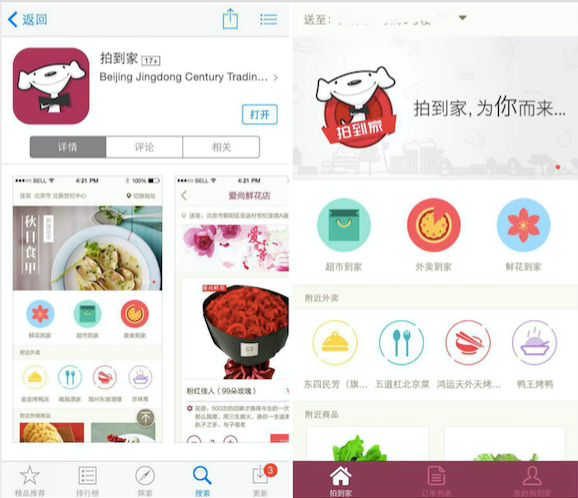
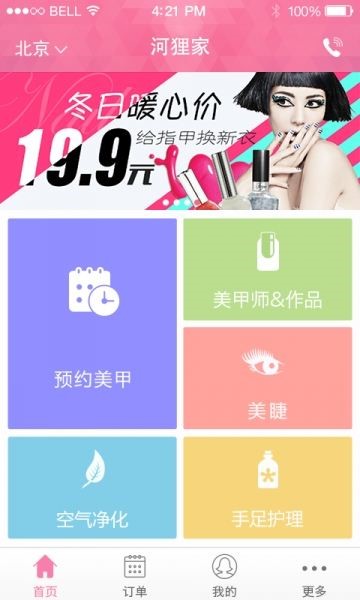
- Cross-border Shopping
Chinese consumers are now turned out to be global shoppers. As Chinese government launches more policies and regulations of Cross-border e-commerce, the picture of it has been more clear now. Besides the luxury products, the electronics household appliances, mother and baby products, and other daily necessities have been listed on Chinese consumers’ shopping list now.
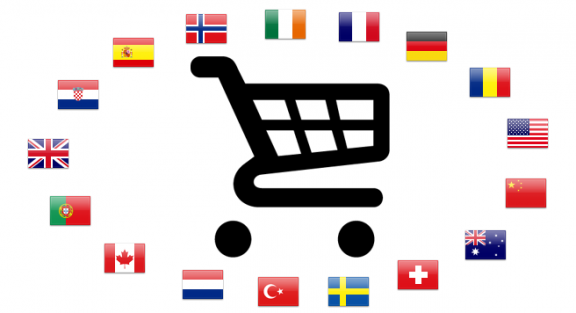
Can Specialist Retailers Survive against Alibaba and Amazon?
It is said that whoever hits first, hits twice. Some days ago, Zalando signed a partnership with its biggest competitors, Amazon and Alibaba. Far from thinking that they were wrong, we feel confident about the future of these new alliances between Europe, China and United States.
 Zalando was founded in Berlin (Germany) in 2008. Born as an European electronic commerce company, the brand already holds the leadership as the largest online fashion retailer, while also has become the second largest group in Ecommerce in European region.
Zalando was founded in Berlin (Germany) in 2008. Born as an European electronic commerce company, the brand already holds the leadership as the largest online fashion retailer, while also has become the second largest group in Ecommerce in European region.
Although originally its activity was focused in marketplaces, in 2010 Zalando starts its jump into developing and selling its own brands. Online selling shoes, clothes and fashion items constitute the core of the company, under a cross-platform perspective.
A step to break: boundaries to online shopping
Even if such perspective still remains today, observers enjoy its dramatic effects: to an unique Refund – Return policy in retail and a highly attractive shipping, have joined an effective logistic management and a recent prospection in offline context.

Although timidly, its development in the offline environment constitutes a new movement to establish its brand in the retail market and its visibility on some physical multibrand markets in Germany. To this point is joined an attractive shipping policy that enhances its appeal to the consumer: it is fast, secure and in case the users feel dissatisfied with their purchase, they have the chance to return them within 90 days.
Even if its payment and reimbursed model is constantly criticized for its high risk, it is also truth that this pillar has become an emblem for Zalando, its trademark and distinction over its competitors.
Zalando pushes online to grow
The company shows a steady growth in its presence in Europe, while designing its jump to the international area. The future seems promising according to their latest analysis prospects, with a year revenue growth close to 20%.
This rise is the result of three main reasons:
- Its total adaptation to mobile user experience: U-commerce is the new king in sales –check our articles “How to Take Advantage of the Latest E-commerce Revolution? U-commerce Trend” and “5 Things to Avoid When Doing Business in China” to discover a bit more!–
- Mobile purchases are already more than half of its sales
- A wide range of products and therefore, a great audience to address
- Its advantage of using a vast network of online platforms
A twist to Ecommerce
The desire of the Group is boosting its international sales and take advantage of the huge possibilities that the electronic market and their highly developed logistics presents to them.
To achieve its goals, Zalando has woven alliances with the giants of E-commerce: Amazon and Alibaba. Although its presence on Tmall is expected for the coming months, its bet for B2C trade -previously discussed by us in our article “Do Other Ecommerce Platforms Stand a Chance Against Tmall?”- some steps further on international distribution are already in discussion.
It is worth noticing that this giant enterprises are transforming traditional business into a new business model. Digital Marketing and Ecommerce helps to create new partnership systems for other companies around the World, and it will become more and more important in the following years.
In search of a Digital and Ecommerce Company? If you have any question or require any information about our services,
Sources:
Europe and China Partner to Provide Mobile Payment Solutions by Alipay
Not quite a month we woke up with the news that two technological giants had joined forces in creating an alliance with huge chance of success. The alliance between Ingenico Group and Alipay is focused on payments innovation as part of a wider international push, but is also a recent demonstration of the growing momentum of Chinese companies in Europe.
Over recent years, Chinese ambitions in Europe are clearly visible: just in 2016, Alipay has forged alliances with Uber app and Wirecard to offer mobile payments services around the World.
The alliance is based in European mobile payments
Ingenico Group is a french company specialized in designing a wide range of payment solutions, whatever the sales channel or payment method is chosen, according to three main needs that merchants and consumer ask: a secure, easy and seamless experience.
In recent years, China has created a vast and well integrated digital ecosystem in which highlights Alipay– a Chinese equivalent to PayPallaunch by Alibaba– which is already China’s leading third-party online payment solution with no transaction fees. The company already has more than 400,000,000 active Users.
 Although there are many reasons behind this alliance, the clear purpose was to tap into the huge Chinese tourist flow in Europe. As we wrote in our previous article “How to Acquire Chinese Tourists through Digital Marketing“, the Chinese tourism consumption is already estimated to be the highest in the World. Moreover, Chinese tourism market will keep growing even faster: in year 2019, estimations says that consumption will reach US 264 billion dollars.
Although there are many reasons behind this alliance, the clear purpose was to tap into the huge Chinese tourist flow in Europe. As we wrote in our previous article “How to Acquire Chinese Tourists through Digital Marketing“, the Chinese tourism consumption is already estimated to be the highest in the World. Moreover, Chinese tourism market will keep growing even faster: in year 2019, estimations says that consumption will reach US 264 billion dollars.
The motivation to exploit the partnership is shared: on the one hand, Europe has become the major vacation destination by a sector of the population with high standard of living; on the other hand, Alipay seeks to exploit the existence of more than 120 million Chinese tourists arriving in Europe every year and an approximately cost of $ 875 on average, while offering a payment experience nearest to their day to day.
Chinese tourists in Europe will be able to pay via Alipay App at any store that uses the Ingenico solution
The announcement not only underscores the growing relationship in business between two increasingly interconnected areas, but also the enormous benefits that such collaboration can mean to both. With such a perspective, it is not surprising the happy ending. As Philippe Lazare, Chief Executive Officer of Ingenico Group said,
“We are very excited to partner with Alipay and contribute our unique omni-channel expertise, products and services to help them optimize the user experience and boost sales all over the world. Their choice for Ingenico is a tribute to our high success rate and ability to meet even the most demanding customers’ requirements.”
 Chinese tourists are accustomed to using electronic payment methods, an innovation that fails to catch on among European citizens. Presumably, this cultural difference has become a barrier that discourages expenditure among Chinese tourists. As Jacques Behr, Ingenico’s executive vice-president for Europe and Africa said,
Chinese tourists are accustomed to using electronic payment methods, an innovation that fails to catch on among European citizens. Presumably, this cultural difference has become a barrier that discourages expenditure among Chinese tourists. As Jacques Behr, Ingenico’s executive vice-president for Europe and Africa said,
“Payment becomes a friction for business so we are removing this friction by allowing the retailers to capture sales to the Chinese tourist population.”
The measure therefore seeks to stimulate Chinese people expenditure in their major holiday destination, but also tries to take advantage of the huge market Alipay already has in China: more than 450 million users liable to become target audience, and a market share in mobile payments in China higher than 80%. As they themselves spelled out,
“We are building international business step by step. There is much still to do with our customer base, and is still expanding.”
Such collaboration not only benefits the Chinese people, but also means a qualitative leap in technological enjoyment for Europeans. The alliance seeks to provide to European online retailers and to customers the possibility to pay and accept payments through Alipay´s eWallet through some marketplaces. An excellent way to boost e-commerce and sales in China and Europe.
Although the operation has already begun, both companies estimate that Alipay won’t be fully operational in Europe yet.
Just to start
While Alipay makes its movements, the rest of the world watches. Only companies that have a deep understanding of Chinese market can cope with the changes that are to come.
In search of accurate and personalized information to your sector and business?
Visit our Digital Marketing and eCommerce Agency!
Sources:
Spain and China, Allies but not Colleagues in Trade
This post comes to underline the strategy played by Spain on EU’s China policy, a role which has received virtually no attention so far, as well as the major reasons why Spanish e-commerce is potentially attractive for Chinese companies.
Spain´s strategy is based on promoting a political resemblance with China in order to gain a preferential economic treatment, a plot which has led to disparate results for both China and Spain.
A general view of bilateral trade
Even though both countries feel friendliness each other, they do so for different reasons: Spain emphasizes on economic benefits, while China is interested on Spanish political weight on the European stage.
In the last thirty years, Spain has tried to turn China into a key-partner, with mixed results in practice.
- China is the 5th non-EU destination for Spanish exports
- China is the 1st non –EU origin of Spanish imports
- Spain is the 7th trade partner of China in –EU
- China is the 11th destination of Spanish exports
- China is the 14th destination for Spanish investment (less than 1% of total)
- Spain is the 9th destination for Chinese investment in -EU
When looking at the evolution, some positive trends can be underscore:
- Spain’s exports to China have double to 4 billion in 2014
- China’s exports to Spain are growing since 2013
- Both country´s exports are well diversified
After the financial crisis in the West, Spain has redoubled its efforts to trade with China. There is still a huge growth potential for both countries to further develop.

Political understanding to facilitate Chinese future investment
The difficulties encountered by the Spanish companies in their landing in China contrast with the political temperance shown by Spain in its approach to China. The policy marked by Spanish governments regarding its Chinese counterpart has never shown significant differences: whether the party in power, Spanish policy has always been the same.
Far from stagnating, Golden Visa and Spanish Treasury Bonds are just two examples shown by Spain to attract Chinese investors, as well as the constant reminder of its close ties in Latin America.

The potential of Spanish E-commerce: an opportunity for Ecommerce business
Comparing to other mature markets, there are still loads of fresh chances to seize in the country: Spain’s ecommerce market as a whole is relatively small.
According to the latest analysis –Ecommerce Europe ´14-, Spain is the largest Ecommerce market in Southern Europe, far from Italy (2nd) and Turkey (3th).
Around 60% of Spanish customers already shop online, spending on average € 900 per year. Moreover, more than the 60% transactions are cross-border: UE, US and China lead the Top-3.

Its growth potential can be prompted by some aspect anyone thinking on approaching Spanish ecommerce should take into consideration :
- Improvement in logistics
- Take an advantage of the lower cost for online marketing
- Customer acceptance of foreign W-shops
- Spanish consumers distrust on websites, so offering a secure payment method is a must. Paypal is the favorite of more than half of buyers
- Spain is the European leader in mobile usage, and keeps growing
- Spain is the best gateway to test Portugal and Latin American countries
The bilateral relationship between China and Spain is one of our tasks. Thanks to our understanding of the market, in 2 Open we can help you boost your digital business.
Leverage the benefits both countries offer to your company,
Visit us!
Is Latin America a Strategic Spot for the Chinese market?
Over the last fifteen years, Chinese Government has experienced an increasing attention on the possibilities that Latin American market can provide to them.
This article seeks to shed light on the current situation between both regions, and their future possibilities.
According to Chinese policy, in recent years the country has developed a new global strategy: Africa, Latin America and the Caribbean have become as key-players on its rise to the international scene.
Since 2000, China has settle its action on bilateral free trade agreements and loan commitments. Despite its evolution, the role assumed by China is yet far from a real partnership with Central and South America.
In future, commerce and investment will be the basis for establishing a lasting partnership and a socio-economic development in manufacturing, labor, services and financial support.
Which are the main factors that define their relationship?

The relationship is based on three basic purposes:
- Political Relations:
China has currently become a permanent observer in the Organization of American States and a member of the Inter-American Development Bank. The country also participates actively in the Economic Commission for Latin America and the Caribbean.
In addition, China has signed free trade agreements and institutional arrangements with some of the regional countries.
- Economic Relations:
China plays a leading role in the future economic scene in the region. Latin America exports to China are raw materials, such as minerals, ores, oil seed, meat, cooper and soybeans.
Economic Relations are mostly conducted by Chinese Public Sector: Trade, Investment and Financing enhance the mutual cooperation and the collaboration is constantly increasing.
The Chinese investment effort has been particularly strong in two important fields: Energy and Infrastructure.
- Cultural Relations:
Chinese cultural expansion is closely linked of their latest conception of International Relations based on pragmatism and soft power.
In recent years, many Confucius Institutes have started their activity in Latin America, but also Spanish language has experimented a huge growth in China: educational and cultural exchanges are on the rise.
Is there ROOM ENOUGH for a common trade based on high value-added?
Latin America suffers from a scarce innovative effort, while China struggles to turn its economic system into an innovation model, highly rooted in the high value-added.
ICT-based services, Information technology and also Ecommerce are expected to grow in Latin America. The Global trends in Crossborder Ecommerce will be a challenge to the international integration of Latin America and a great opportunity for MSMEs.
Are you already familiarized with Crossborder Ecommerce and B2B, B2C, C2C, B2G and C2B Models? In search of an Ecommerce Consultancy Agency?
From 2 Open we can help you develop your business and to boost your company into International Sales.
Is China becoming more open for imported goods?
Despite its enormous potential, in China the ease of doing business experiences a lightning-fast evolution.
Trade in China still suffers from some difficulties that require a certain courage by those who seek success in the country.
Such evolution is aimed at providing increasing facilities for the establishment of trade relations in the country but, according to World Bank´s report, it still keeps the 84th position on the ranking.
What are the main challenges a foreign company must face in its landing in Chinese territory?
From 2 OPEN we have elaborated a guide with some basic steps to face the first stage of procedures, certifications and regulations any company need to face before entering on Chinese market.
Goods import: Are them all allowed in China?
The Chinese government has established in its Foreign Trade Law some basic categories over the import of goods.
However, not all goods are accepted by law; in every approach to the country, we must consult in the Catalogue Of Goods Prohibited from Export and Import.
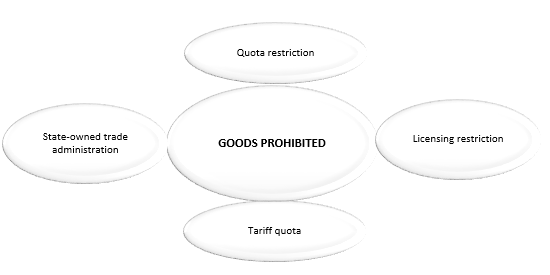
Some enjoy specific requirements: Tariff quota is only available for licensed importers, and State-owned trade administration must be imported by authorized enterprises.
There are also some other terms to test: certifications, packaging, labelling, transportation…From 2 OPEN we can help you to face all the specific bureaucratic procedures involved in any approach to Chinese market.
Standars
Some goods may require specific certificates, registration by Chinese authorities or labelling requirements.
Standars varies depending on the levels, profession and industry your company comes from.
Being aware of the specific needs of our goods will facilitate the following steps for a successful importation into the country.
Importers, a key entrance
Whether your entry into the country is done in an autonomous manner or with the help of a qualified external importer, in both cases will be required to have a Foreign trade operator.
Remember that only those companies already ratified in China as a Foreign Invested Enterprise are able to get the permission to become a Foreign Trade Operator.
In case you prefer to have the assistance of an external operator, try to avoid surprises!
The Ministry of Commerce of China provides an official list of importers where you can find the most suitable to your company needs.
Warehouses and declaration procedures
Procedures will change depending on a set of variables, but the very basic requirement is The Customs Declaration Form of Imported Goods.
A specific stamp will be used for every Bonded warehouse goods coming into Chinese territory.
In case import goods change their formal bonded warehouse, particular formalities for custom transit and transport will be required.
Attending to a fair?
If your company is thinking on attending to any special exhibition in China, there is also specific legislation according to temporary import goods. Temporary goods are those which are planned to be in China for less than six months for specific reasons, such as fairs or expos.
Those goods should be approved by the authorities, and usually a deposit will be required.



